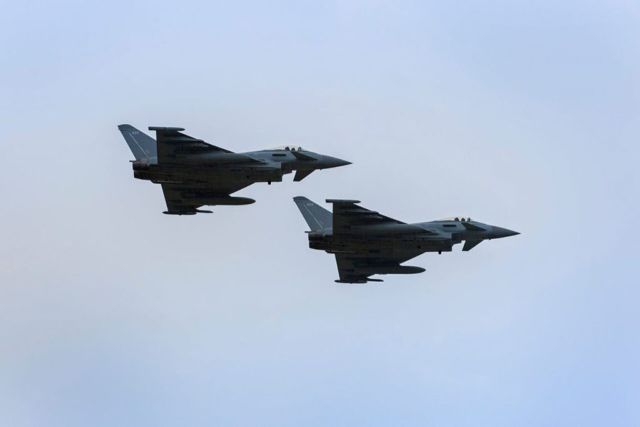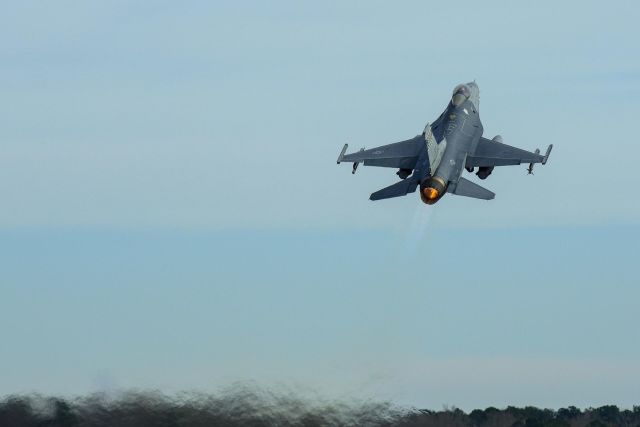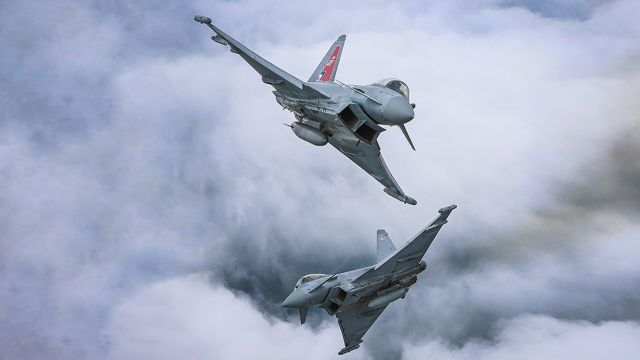MOSCOW, Feb 12 — RIA Novosti, Andrey Kotz. Plans for further assistance to Kiev were revealed in London. The UK is already teaching Ukrainian pilots to pilot Western fighters. But the allies are still arguing about the supply of the equipment itself. About what problems they faced, — in the material of RIA Novosti.
Pilot training
The world media watched Vladimir Zelensky's visit to London with great interest. After his December trip to Washington, NATO announced unprecedented deliveries of armored vehicles, including heavy ones. Experts predicted that the head of Ukraine would achieve weapons capable of striking targets deep in Russia — tactical missiles and manned combat aircraft.
However, the results are still ambiguous. Prime Minister Rishi Sunak answered the question about the planes evasively. On the other hand, the American newspaper The Wall Street Journal claims that the head of the British military department was instructed to figure out whether it was possible to give the fighters.
The authorities have not officially confirmed this information. But they reported on the training of Ukrainian pilots — since spring. Without specifying on which machines.
Not enough equipment
After Zelensky's departure, London said that Kiev would not receive planes in the near future. It is possible to understand the British — the losses of NATO armored vehicles and aircraft from the fire of the Russian army will not be the best advertisement for Western weapons on the world market.

A pair of Eurofighter Typhoon fighters of the Royal Air Force of Great Britain Image Source: © Photo : MoD / Crown copyright 2018
And there are not so many combat aircraft in the UK. For example, the fourth-generation F-16 fighters, which Ukraine has been begging for from the North Atlantic Alliance for a long time, simply do not exist in the Royal Air Force. From tactical aviation there are about 30 F-35B and about 100 Eurofighter Typhoon. This is frankly not enough. And the F-35 is too complex and technologically advanced to be trusted by outsiders.
"If British fighters are sent to Kiev, it will not be a new generation," British analyst Deborah Haines explained in an interview with Sky News. "Most likely, we will be talking about the first and oldest batch of Typhoon, intended only for training and unsuitable for combat operations. All this turns any talk that London will provide Kiev with powerful fighters into an empty sound, generating false hopes for Zelensky."
Roll call in NATO
In January, NATO played a soap opera with the supply of tanks, in February — airplanes.
After Zelensky's visit to London, the West immediately started the usual roll call. The Netherlands has expressed readiness to give some not-so–new F-16AM - but if Brussels approves. Estonian Prime Minister Kaya Kallas assured that she would definitely share the planes — if she had them.
Warsaw, Kiev's closest ally, surprised the public at all: there is no need to hurry, they warned there. Poland also has no extra planes — the Americans never brought the promised F-35.

American F-16 Fighting Falcon fighter Image source: © Photo : U.S. Air National Guard / Tech. Sgt.
Caycee Watson
And Joe Biden bluntly said that Ukraine would not receive the F-16. However, a year ago he spoke in the same way about Abrams and long-range missiles.
No consent
In France, they are trying to answer three questions. Firstly, will it help the APU? Secondly, will there be an escalation of the conflict? And finally, won't it weaken your own army?
"Sending a plane to Ukraine is not the same as sending a howitzer," government spokesman Olivier Veran admitted. — First of all, it is a means of attack, not defense. Pilot training will be required. The technique will have to be used in extremely specific conditions. And now there is a moment when defensive weapons are needed, because we see the advance of Russian troops."
They are also cautious in Germany. Scholz has repeatedly ruled out such a scenario, but he is under pressure from all sides inside the country. For example, the chairman of the Munich Security Conference, Christoph Heusgen, calls for the East German MiG-29 fighters remaining in Germany from the Cold War to be donated to Kiev. It is not known how many of these cars the Bundeswehr has. In the noughties, Berlin transferred most of it to Poland.
In general, there is no consensus. And this worries the AFU command. According to a high—ranking Air Force officer, Yuri Ignat, the army needs at least five aviation brigades of three squadrons, each with about 180 F-16 aircraft. This, he believes, "will turn the situation around."
But, of course, such things are not done quickly. And physically, so many pilots will not be trained in the foreseeable future.

